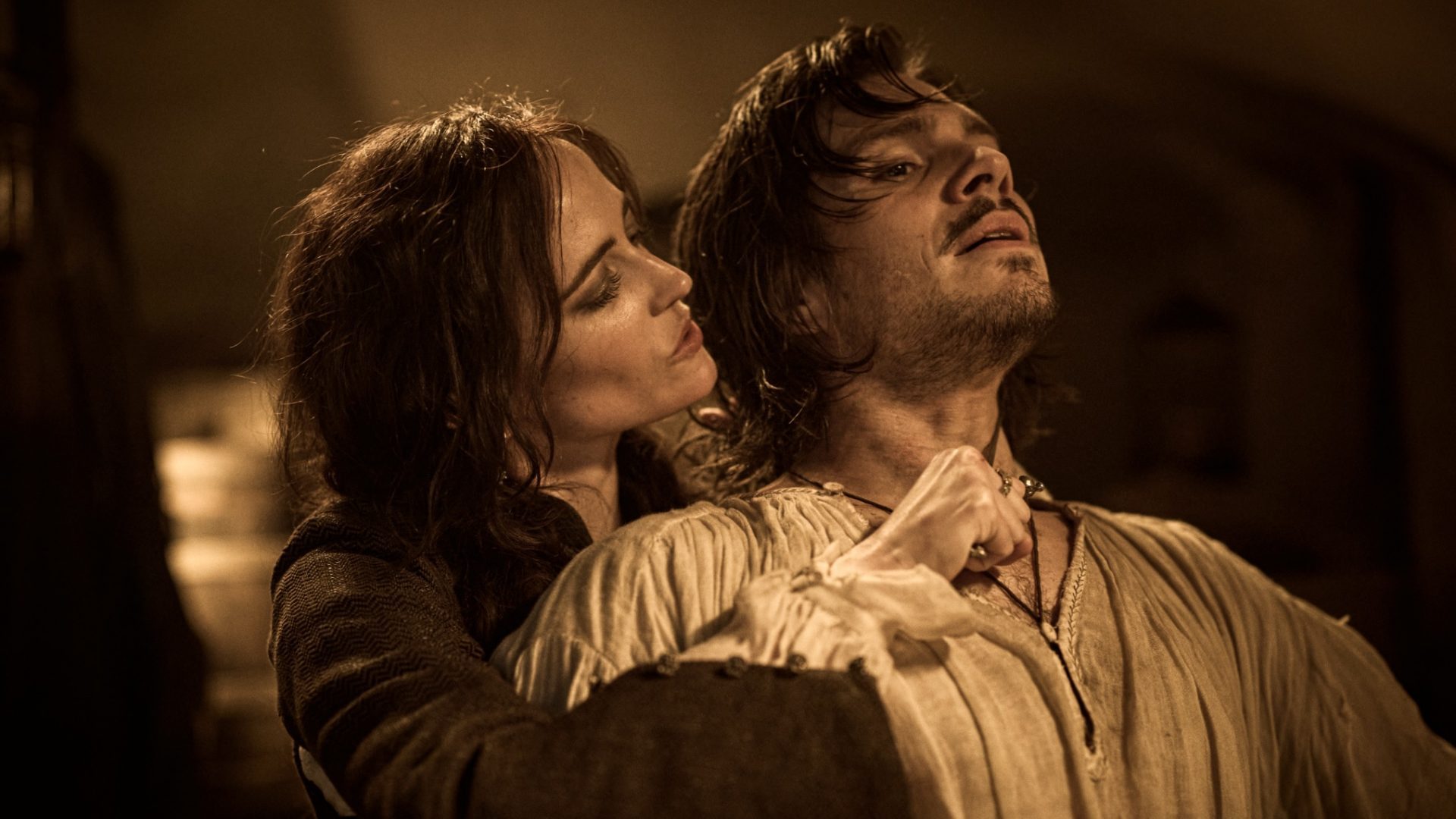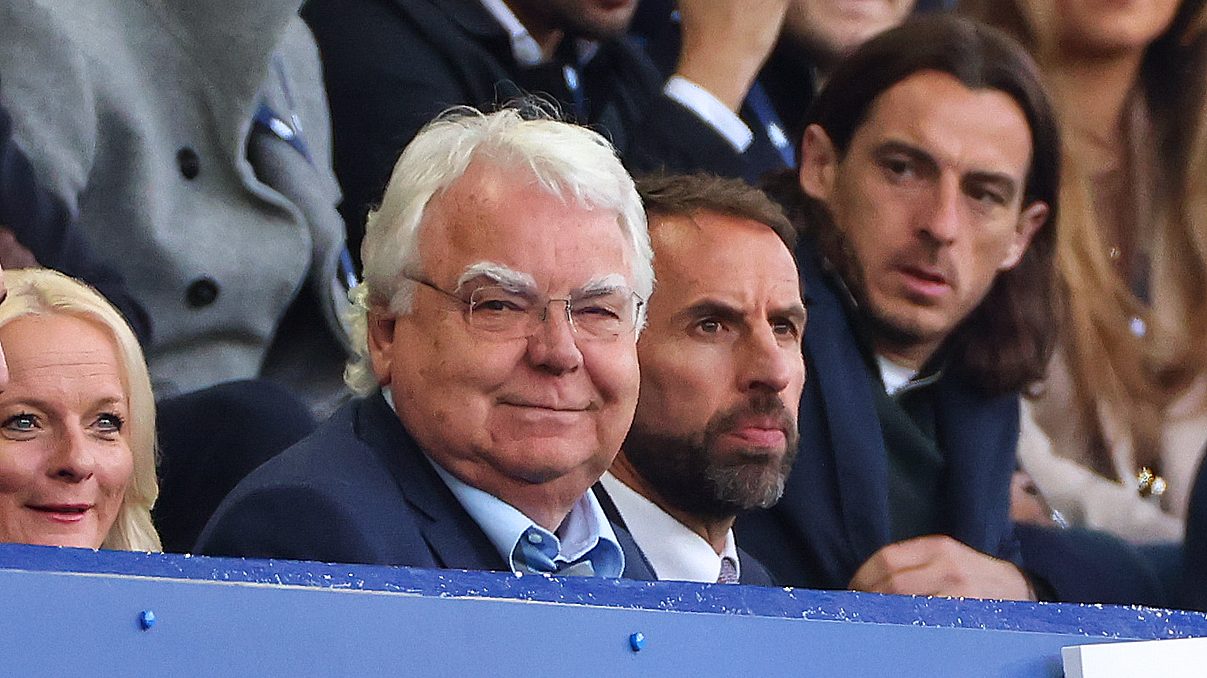Alexandre Dumas was the Don Simpson of the mid-1800s. With an instinctive talent for delivering what the people wanted, in his 1844 swashbuckler The Three Musketeers he created an action franchise that Simpson, the brash, hard-living producer of Top Gun and The Rock would have killed for.
Dumas had a Simpsonian rise and demise too. He published adventures and romances – La Reine Margot, filmed with Isabelle Adjani in 1994 was one of his – and became a bigger seller even than Victor Hugo or Emile Zola. As a result, he became fabulously wealthy and joined a liberal, hashish-smoking Paris elite, taking a harem of 40 mistresses and fathering a son, La Dame Aux Camilias author Alexandre Dumas fils, before eventually spiralling into debt.
Though Dumas père fell out of public favour towards the end of his lifetime, his reputation was restored in the 20th century, so much so that he had a Paris Métro station named after him. I had a friend who lived right by it, so I used it often as a student in the French capital.
I always wondered why, despite this evident fame, Dumas wasn’t considered part of the literary canon we studied. Perhaps the French regard him more as a deliverer of blockbusters than as the equal of his old drug buddies Baudelaire and Verlaine. He certainly delivered the big, cinematic hits – The Count of Monte Cristo has been filmed over 50 times.
Dumas’s Musketeers have appeared in more than 50 movies, too. Douglas Fairbanks, John Wayne and Gene Kelly shouted “all for one” in different adaptations before Richard Lester’s all-star capers starring Michael York, Oliver Reed, Richard Chamberlain and Raquel Welch seemed to take up permanent residence on British TV screens (until poor Roy Kinnear fell from his horse making a disastrous sequel).
There was a Brat Pack version in the early 1990s and who can forget the canine cartoon adventures of Dogtanian and the Three Muskehounds? In a 2004 Eastern European musical version, D’Artagnan was played by one Volodymyr Zelensky. I wonder what happened to him?
Yet it has been over 60 years since French cinema gave us a Musketeers movie. So can an industry very different to Hollywood really carry off “un film de cap et d’épée” – literally, a cape and sword movie, ie a swashbuckler – with a budget of 72m euros?
In the two Musketeers movies released this year, director Martin Bourboulon has followed Lester’s example by filming them back-to-back, and a new generation of actors are having a good go at it, requiring months of training on horses and with Olympic fencing instructors. “I loved my horse,” says Romain Duris who plays Aramis in the new adaptation. “He was white and proud and such a character. I discovered that horses are moodier than people.”
Duris is one of France’s most internationally recognised talents. From Jacques Audiard’s The Beat That My Heart Skipped and Cédric Klapisch’s Spanish Apartment trilogy, to Heartbreaker and Eiffel. But he’s joined on horseback by Vincent Cassel who, through Hollywood films including Ocean’s 12 and Black Swan and, of course, the game-changing La haine back in 1995, is at the vanguard of the current generation, yet also one more connected than most to the past.
Cassel’s father, Jean-Pierre Cassel, played King Louis XIII, in the Lester films and young Vincent visited the set. “It was in Madrid and I was six years old and I can remember the horses and everyone in costume,” he tells me. “It was such an adventure but what I remember most is Oliver Reed. I loved him and he’s always been my favourite British actor, I know he has a difficult reputation but he was my hero.”
Now Cassel is playing the Ollie Reed role of Athos, although very differently, especially in this second instalment, where he takes on a more paternal role to the young D’Artagnan, played by François Civil. I wonder if this signifies his own status as a leading light of a generation of French stars?
“I take French cinema very seriously,” he says. “I have always felt like part of a collective because we exist in an ecosystem, so if a big French film like this one is a success internationally, it matters to all of us.”
Movies are in a tough spot, and France, with its support system and film culture, is doing more than most nations to battle against the rise of the streamers and keep the theatrical experience alive. It’s why this iteration of the Musketeers feels like the most modern version of Dumas’s work.
“Even if there’s a king and a different set of loyalties,” says Duris, “this feels like a character of today, the way he moves and fights, psychologically it was very easy for me to understand him.”
Duris says he admired the Musketeers’ sense of rebellion above all, a maverick sensibility that means even if they act out of duty and loyalty to the king, they have their own way of getting things done. “I love this rebellious streak in them,” he says. “They fight for each other and look after each other above everything and that’s what I took when I read the books again, that this was something very relevant to today, that they do have a strict moral code and sense of what is right. I think that’s why so many generations can connect to the story.”
For Eva Green, who stars as the dark and dangerous spy Milady de Winter, the chance to play a French role was too good to pass up. The Parisian star of Casino Royale has spent most of her career in English-speaking roles, to the extent that, as she admits, most people don’t even know she’s French, even in France.
“But acting in my mother tongue is so liberating,” she says. “I don’t have to stress about an accent, and it just felt so exciting. I’d almost forgotten how it is to play a French woman.” It doesn’t look that way. She’s even more alluring than ever getting her teeth into a treacherous character who uses her sexuality and physicality like an action heroine.
“Well she’s a femme fatale for sure,” says Green. “But I found I could make her a tragic heroine, too, and a woman of action and find a real internal conflict that made her a very modern person. She had this backstory of abuse, had suffered many degradations just for being a woman and that fires her sense of self-preservation, makes her a survivor.”
I wonder which other roles or screen stars have inspired her, and she pauses for thought. “I always thought of Madame de Merteuil in Dangerous Liaisons,” she says. “What a wonderful character that is, her ruthlessness and the mask she hides behind.”
She confesses that her idol for many years was Glenn Close, who played Merteuil in Stephen Frears’ 1988 screen adaptation. “I had a poster of her as Merteuil on my bedroom wall when I was a teenager,” she confesses. I tell her that somehow doesn’t surprise me and explains rather a lot, at which she throws back her head and laughs and yet looks a touch embarrassed. I meant it as a compliment. “I’ll take it,” she says.
Green’s character Milady dominates the second half of the film – the first part came out in the early summer. However, there was very little time for Eva to reunite with Louis Garrel, with whom she starred in their breakout 2003 film The Dreamers, by Bernardo Bertolucci. Garrel plays Louis XIII here and doesn’t have any scenes with Milady, but Green says the two of them are forever bound by The Dreamers, her debut film that was also about a time of revolution in the Paris streets, set in the May 1968 student riots.
“Louis and I met up at the premiere and only a couple of times did we cross over on set, but not very often,” she says. “But as soon as we see each other it’s like we revert to how we were 20 years ago. You know that film was so important to us it’s like a secret we share. We don’t even have to talk, it’s just part of who we are.”
Garrel almost steals the show with his portrait of the king. Green admiringly calls it “a great and weird and very brave” performance. Garrel himself admits he was worried about seeing the role through to the end.
“I did a lot of research, read some biographies, and found out this Louis was a very damaged character, much more than in the novels of Dumas. This is a king who stammered and was abused and whose mother had tried to have him killed, so that his brother could take the throne instead. And he was an orphan. His life at the court was not all lace and macaroons, so I thought it would be fun to bring all of that fragility to him,” he says.
“It’s not something you see in the movies of French kings but I felt this could be a very modern aspect, to show these very human qualities that impacted on him. But he was also known as Louis le Juste, and he was a shrewd analyst of politics and characters, so it wasn’t easy to get all this across in the few scenes I had.”
It’s a ripe interpretation, one might say, but it adds to the mix, which director Bourboulon stirs with considerable flourish, the thunder of hooves and the clash of swords never more than a scene away. Some of the action more closely resembles a police thriller or an army movie. “I thought of them as a team of commandos, like a SWAT team,” he says. “That idea allowed me to not treat it as a period movie and make the violence feel real and the action scenes very modern.
“My other task was to make the female characters more relevant and to give them the agency of women of today. I was struck on reading Dumas’s work again that yes there’s a strong group of men here, but that they are matched by a strong group of women…” Finally then, 179 years since the book was first published, here’s a Three Musketeers that really is one for all.




